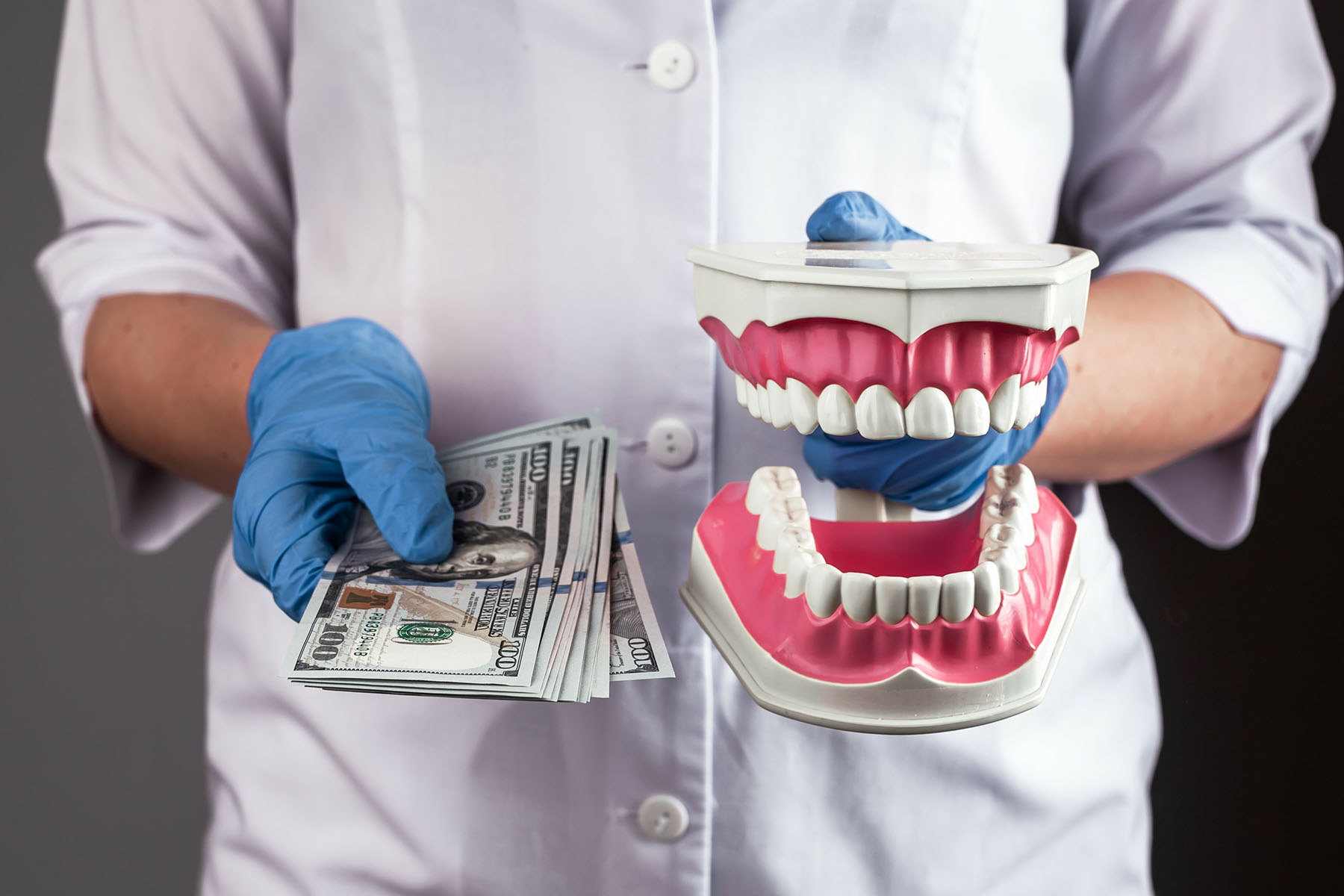Understanding the value of your dental practice is crucial, whether you’re considering selling, merging, or simply planning for the future. A dental practice valuation helps you make informed decisions and negotiate effectively. This guide will walk you through the key concepts and methodologies in dental practice valuation or price assessment, providing a clear, easy-to-follow roadmap.
Why Dental Practice Valuation Matters
Dental practice valuation or price assessment is essential for several reasons:
- Selling or Buying a Practice: Knowing the value helps in setting a fair price, whether you are selling your practice or purchasing one.
- Retirement Planning: Understanding the value of your practice can help with retirement planning and ensure that you get the most out of your life’s work.
- Partnerships: Valuation is crucial when bringing in new partners or buying out existing ones.
- Financing: While most Dental Lenders won’t require a formal valuation to lend on a practice acquisition, many local Lenders may require one when providing loans for acquisition, expansion, or other business needs.
4 Common Valuation Methods
Buyers, sellers, and lenders use several methods to assess the price of a dental practice, each with its own strengths and considerations. Here are the most common ones:
1. Capitalized Excess Earnings Method
This income-based method factors in collections, operating expenses, and doctor production. It calculates the excess earnings by deducting operating expenses and professional compensation from net collections. The resulting figure is then divided by a capitalization rate, which typically ranges from 15% to 30%, depending on the risk involved and the type of practice, such as general dentist or a periodontist.
2. Asset-Based Method
This method values the practice based on its tangible and intangible assets. Tangible assets include dental and office equipment, leasehold improvements, and supplies. Intangible assets include goodwill and patient lists. Goodwill will usually be valued based on some measure of practice earnings.
3. Annual Net Receipts Method
While we don’t subscribe to this method, we should mention it since many dental practice brokers rely heavily on it. This method measures the practice’s value as a percentage of its average annual net collections over the past few years. For a general dentist, the percentage typically ranges from 65% to 80%. Specialty ranges are different and can differ greatly.
4. Average Annual Earnings Method
Like the capitalized excess earnings method, this approach focuses on the owners’ discretionary income, which means the income that the practice generates for the owner, whether taken as wages, fringe benefits, or profit distributions. It applies a multiplier, usually between 150% and 200% (for a general dentist), to the owners’ discretionary income to estimate the value. Specialty Practices will have a different multiplier range.
Key Performance Indicators (KPIs)
In addition to these methods, various KPIs are crucial in evaluating a dental practice’s value:
- Dentistry-to-Hygiene Production Ratio: A general dentist practice should have a doctor-to-hygiene production ratio of around 3:1.
- Hygiene Production to Hygiene Wage Ratio: A general dentist practice should have a hygiene production to hygiene wage ratio of around 3:1.
- Practice Overhead and Total Labor Costs: These costs are related. A general dentist’s overhead should be between 58% and 63%, and total labor costs should be around 27% to 32%.
- Collections: A high collection rate (ideally 98% or more) indicates efficient billing and collections processes.
- New Patient Flow: While many will want to see healthy new patient numbers for a general dentist practice, it’s even more important for a potential buyer to know what the new patient flow could be with a demographic analysis of the practice’s area.
- Patient Demographics, PPO Participation, and Retention: A stable and growing patient base enhances the practice’s value. A prospective buyer will need to do their homework on the PPOs the practice participates with and understand the demographics of the patient base if the seller and the patients are of similar ethnicity.
Non-Financial Factors
Several non-financial factors also impact the price of a practice, including:
- Location: Practices in prime locations generally have higher values.
- Practice Type: Whether fee-for-service or insurance-based, the practice type can affect valuation, especially with Delta Dental Premier ONLY practices.
- Technology and Equipment: Modern, well-maintained equipment adds value.
- Staff and Management: Experienced, stable staff and effective management systems are positive factors.
Getting an Accurate Valuation
While understanding these methods and factors is essential, obtaining an accurate valuation or Price Assessment requires professional expertise. Dental CPAs have the specialized knowledge and experience to comprehensively evaluate all aspects of your practice. They consider financial and non-financial factors, providing a detailed and accurate valuation.
Let’s Get Your Practice Assessed!
If you’re considering a Price and Practice Performance Assessment of your dental practice, whether for sale, purchase, or financial planning, contact us at Dental CPAs. Our trusted team of experts will thoroughly and precisely assess your practice. Reach out to us today at 410-453-5500 or email us at info@dentalcpas.com. Let us help you understand and maximize the value of your dental practice.

